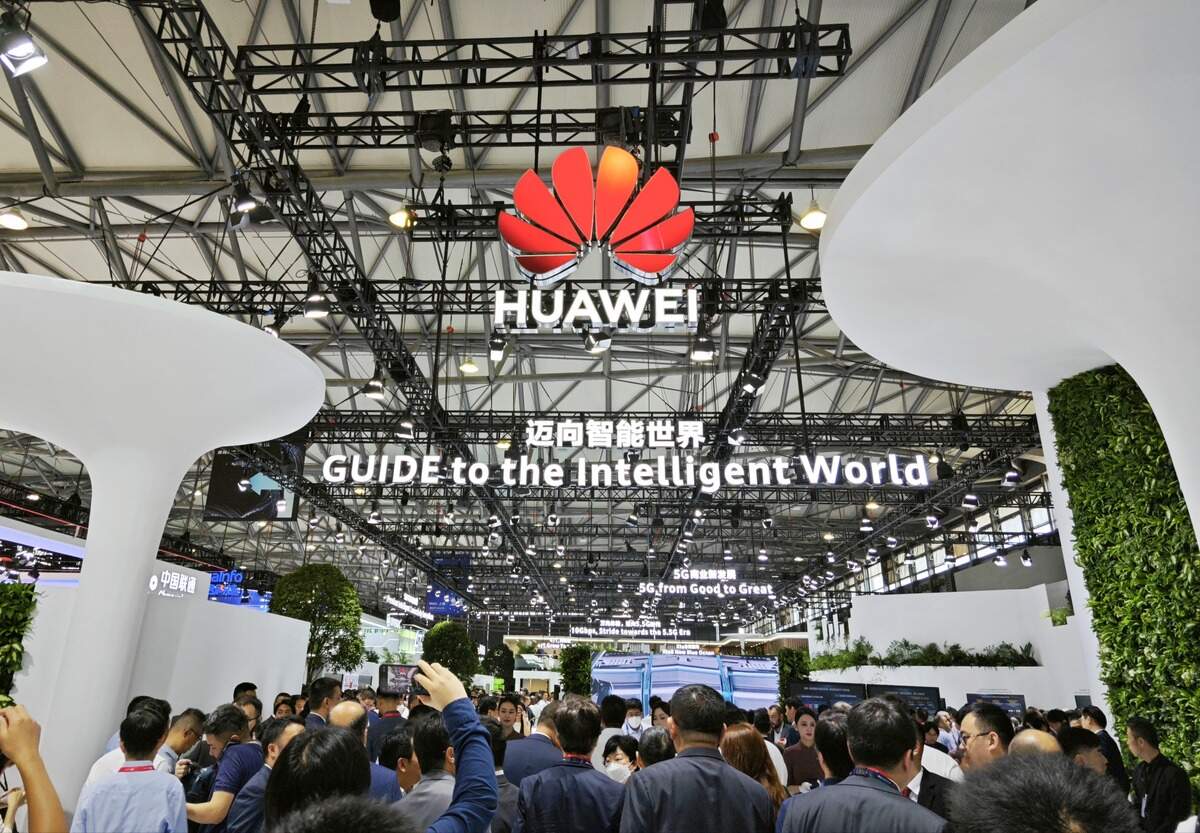A new report released by GSMA during Shanghai MWC has concluded that by investing in greener technologies, telecom operators can boost their financial bottom line. The financial case for going green is about lower costs and higher revenues, states the report. Sustainable products that help environmental outcomes and reduce costs will be central to successful commercial performance, it further adds.
The report, titled ‘Green is good for business: making the financial case in telecoms’, is the second installment in a three-part series on sustainability, and was produced in partnership with the global ICT giant, Huawei.
The GSMA Intelligence survey data indicate that improved energy efficiency is now viewed by companies as the second most important factor in moving to a zero-carbon business model – behind only renewables.
Read more: center3, Huawei to build Huawei Cloud Region in Saudi
The main motivation for energy-related cost savings is to mitigate the outlay and ongoing expenditure on 5G networks. 5G infrastructure continues to expand as operators in countries beyond the early adopters invest in new builds, primarily on non-standalone (NSA) architectures. This is expensive; 5G is set to account for 85–90 percent of operator capex by 2025. For the industry as a whole, this equates to approximately $1 trillion (20–25 percent of revenue).
The implementation of 5G networks has gathered impressive momentum in the past couple of years. In line with this, digitization in the Middle East has accelerated remarkably over the last year. Many governments in the region are taking concrete steps to establish a strong digital economy and use the advantages and benefits of digital transformation.
The Middle East was part of the first wave and a pioneer in building 5G networks. Regulators in the Middle East have put the right policies for spectrum in place, meaning the countries there were ready to support the adoption and deployment of 5G technology. Huawei was one of the main 5G solution providers for GCC countries.
However, as more and more Middle Eastern markets are working towards their net-zero goals, improving the sustainability of their ICT infrastructure, including the 5G networks, is imperative.
One of the main reasons companies may be reluctant to invest in sustainability is a concern that doing so will be costly. The latest GSMA Intelligence study demonstrates that in the telecom industry, this is far from being the case. For instance, operators could reduce opex by 4 percent for a 20 percent reduction in energy costs through power efficiencies. This could be a powerful incentive to invest in power-saving technologies like 5G, AI and lithium-ion batteries.
“While the net zero and environmental imperative are fundamental, green investments should be seen as good for costs and revenues,” said Tim Hatt, head of consulting at GSMA Intelligence.
Customers worldwide are willing to support with their wallet telcos that invest in sustainability. With climate change a top concern, 30-60 percent of telco subscribers surveyed in 16 countries would pay more for mobile airtime tariffs that are certified carbon neutral.
“On costs, energy is still 20-40 percent of telco opex, and reducing this by 10-20 percent can feed through to an EBITDA uplift of 2-4 percent. On the revenue side, we see opportunities from green-linked tariffs, trade-ins and the sale of renewables,” added Hatt.
The GSMA Intelligence study also shows that telcos are well-positioned to benefit financially from the world’s decarbonization mission. This is because digital technologies can enable as much as 40 percent of the CO2 savings needed by 2030 from the industries accounting for most of the world’s carbon emissions.
Energy efficiencies in the network can be improved through a range of sources, including Radio Access Network (RAN) equipment with AI-enabled sleep states, lower air conditioning usage in data centres that deploy liquid cooling (or natural cooling), smarter site selection, and lithium-ion batteries. The substitution of fossil fuels for renewables is the other side of the same coin.

The report further states that telecom operators can stand to benefit from a revenue uplift opportunity in at least three lines of business for the consumer segment: carbon-neutral (or net-zero) certified products, device trade-in and the refurb market, and retail energy.
Underpinning the reports are two international surveys: a consumer survey of 16 countries with a sample size of 500 per country, and an enterprise survey of six vertical industries involving the participation of 100 global respondents per sector. In-depth interviews were also conducted in late 2022 and early 2023.
Green indicator system
In 2022, Huawei continued to develop a green indicator system and a systematic, innovative solution featuring a three-layer architecture (green sites, green networks, and green operations) to help carriers improve network energy efficiency on all fronts. Huawei actively participated in developing the Network Carbon Intensity Energy (NCIe) system. In October 2022, the NCIe specifications were approved by the International Telecommunication Union-Telecommunication Standardization Sector (ITU-T) as the ITU-T L.1333 standard, helping the industry more clearly and accurately evaluate the energy consumption of network services.
In 2022, Huawei and multiple leading global carriers initiated technical verification and network deployment of 5.5G and F5.5G. Huawei worked with industry partners to drive the commercial use of 5G-Advanced. Moving forward, Huawei will work alongside global carriers to stride from the 5G era towards an even more thriving 5.5G era
For more news on telecom, click here.








